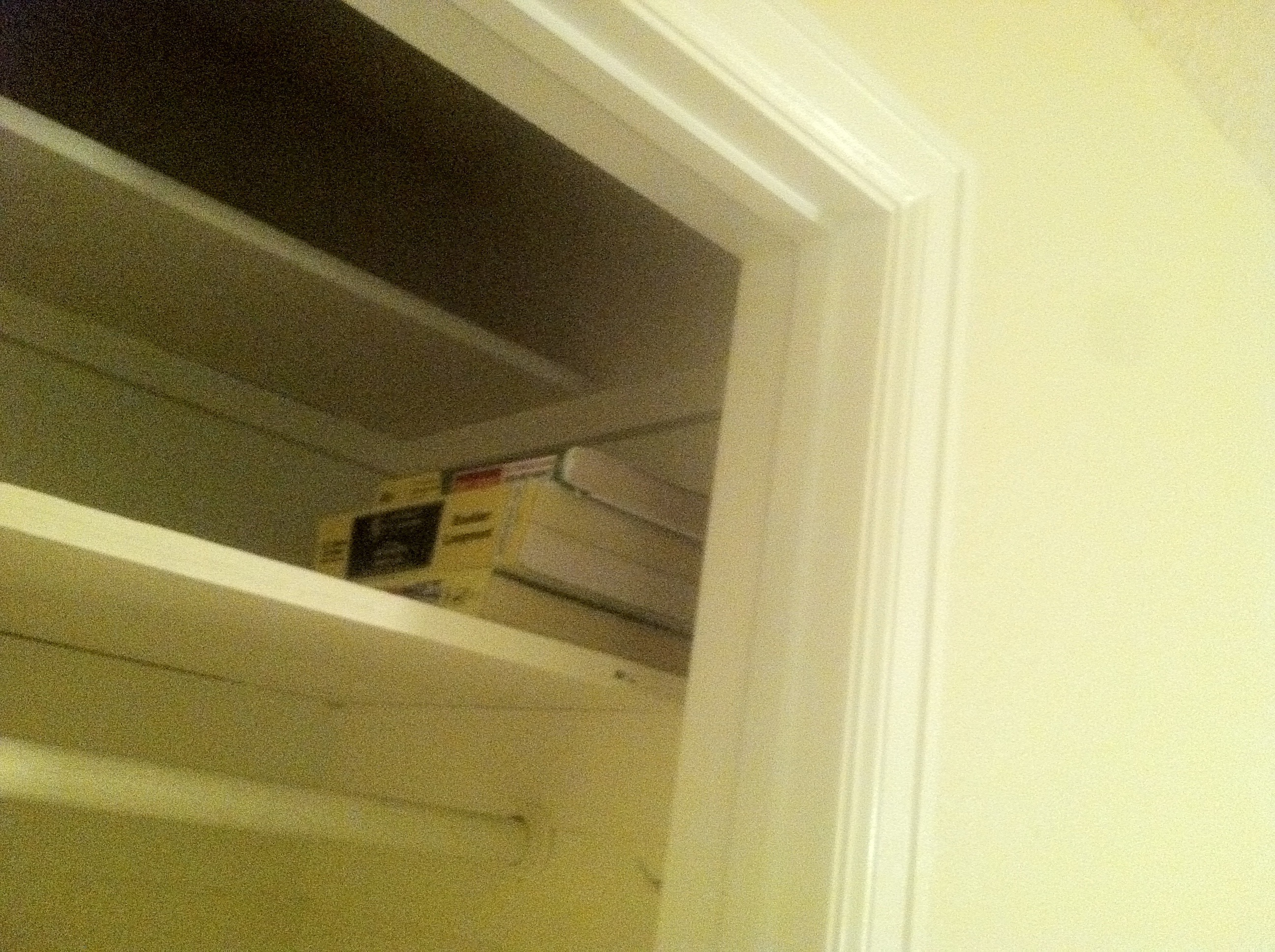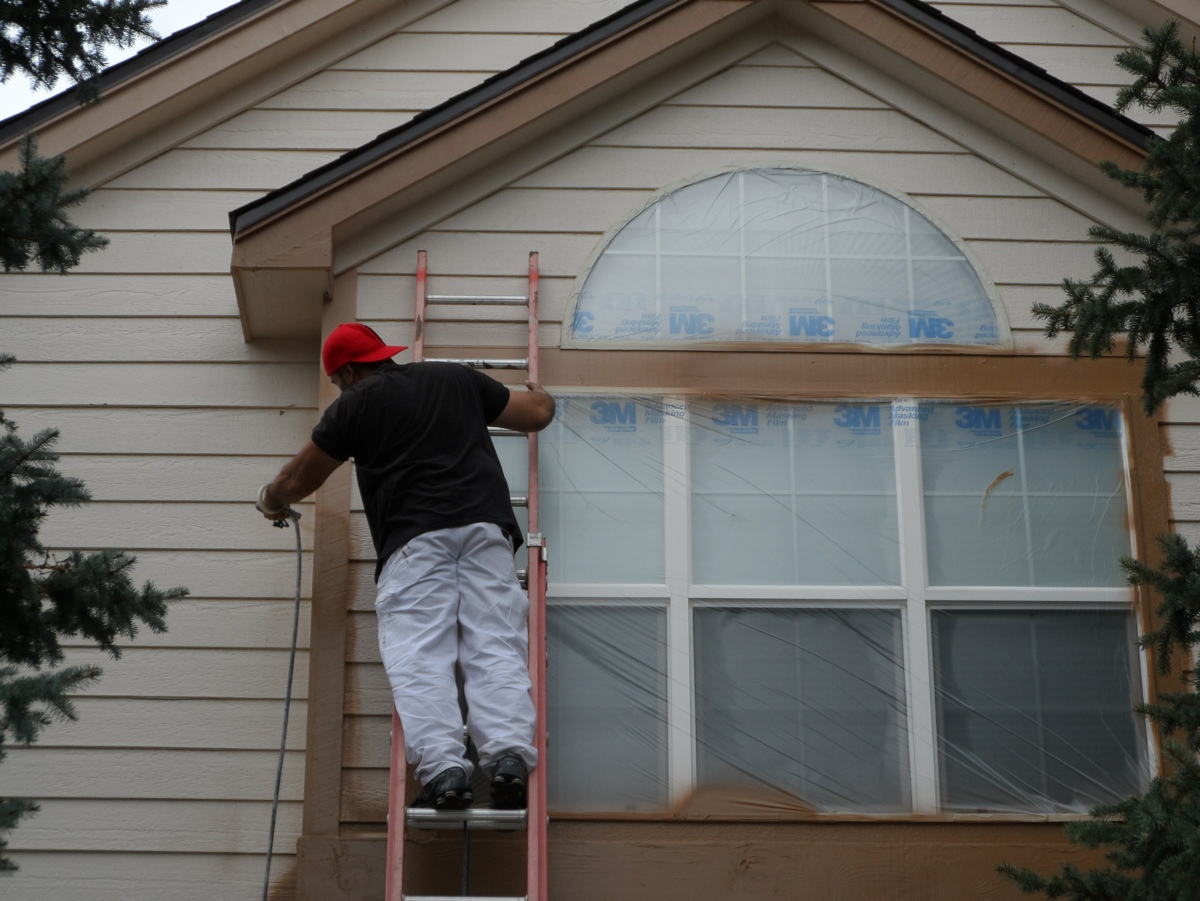Painting exterior trim means you’re making progress and the job is winding down. Unfortunately, painting trim is a slow process that consumes a considerable amount of time, even if you apply the same color used on the siding. Diligence and patience in dealing with these details pays off. If done carefully and thoroughly, trim painting will keep your house looking fresh and protect it from the elements for a long time. Here are some tips to make the job easier:
When painting exterior trim, work from the top down; gables, dormers, eaves and gutters, second-story windows, porches and stairs, and foundations. If you don’t want to mask around window panes, use a paint shield as you work. Scrape off any spatters and drips later.
If you’ve replaced the caulking around doors, windows, and joints, make sure caulking is dry before painting over it. Use enough paint to form a tight seal between the siding and the trim to keep out moisture, wind, and insects.
Paint exterior windows, sashes, sills, and jambs in the same order as the interior ones, working from the sashes out to the frames. Be sure to pay close attention to the windowsills. They bear the brunt of rain, snow, and accumulated dirt. If the windowsills look particularly weather beaten, take the time to give them two or even three coats of paint, including the underside edges.
Screens and storm windows should be removed and painted separately. If the screens have holes, this is a good time to mend them or replace the screening. If the screening is sound but needs painting, coat it first (using a pad applicator), then paint the frame. Don’t forget to do both sides and all edges of screens and storms.
When painting an exterior door, paint the panels first, then the rails,
the stiles, and finally the edges, working from top to bottom.
Doors are easier to paint if you remove the knobs, latch plates, and door knocker. If possible, also remove the door from its frame, lay it flat, and paint one side at a time, working on recessed panels first, then raised areas. Sand the bottom and top edges, then apply a thin coat of paint to keep out moisture and prevent rot. While the door is open or off its hinges, paint the jambs and the frame and give the wooden threshold a coat of urethane varnish. Do not paint the hinges.
Gutters and downspouts made of galvanized metal should be scraped with a wire brush to remove loose paint and then primed and painted again. On downspouts, paint in the direction of the flutes, usually up and down, to prevent runs, drips, and sags. Because some downspouts are flat on all four sides and are attached closely to the house, you may want to take them down to paint them. Consider coating the inside of gutters with an asphalt-base paint, which waterproofs the gutters and seals tiny holes and joints.
For railing and ornamental metal work, use a lamb’s wool mitten
applicator instead of a trim brush.
On ornamental metal work and porch railings, use a lamb’s wool applicator instead of a trim brush. The mitten applicator, which can be used on either hand and is cleanable and reusable, allows you to grasp a railing support, smearing on the paint as you move your hand from top to bottom.


